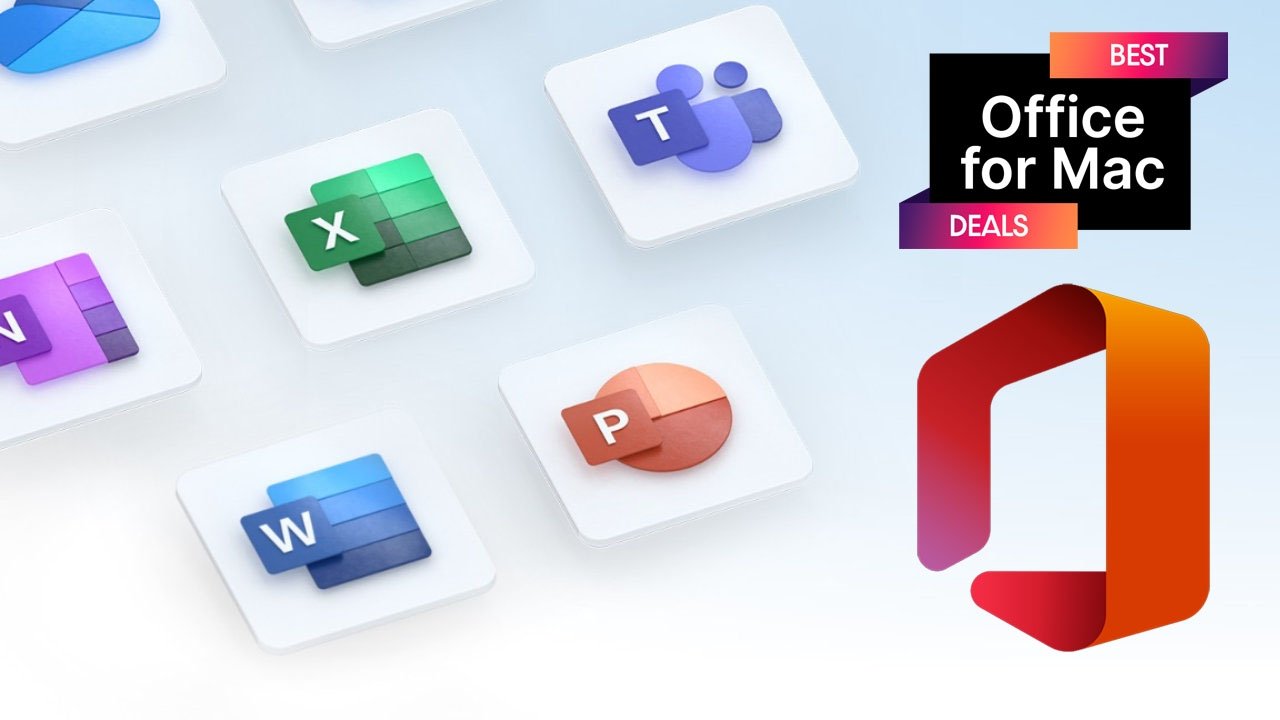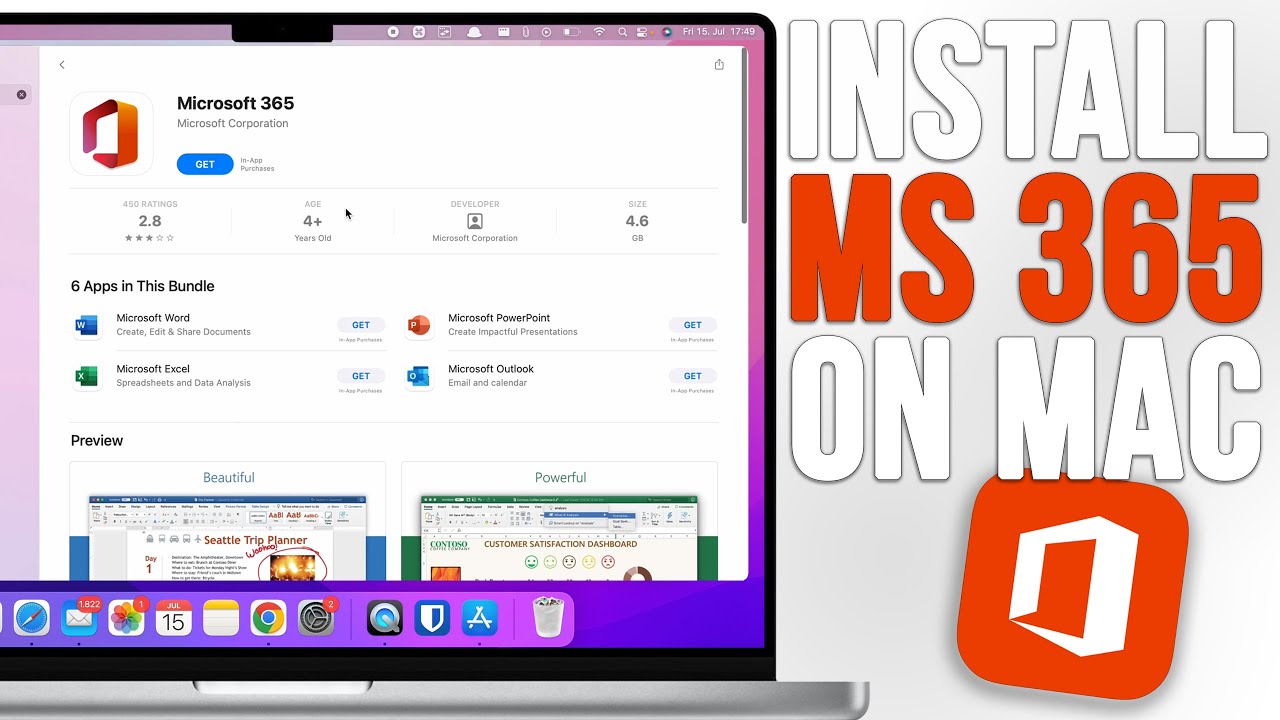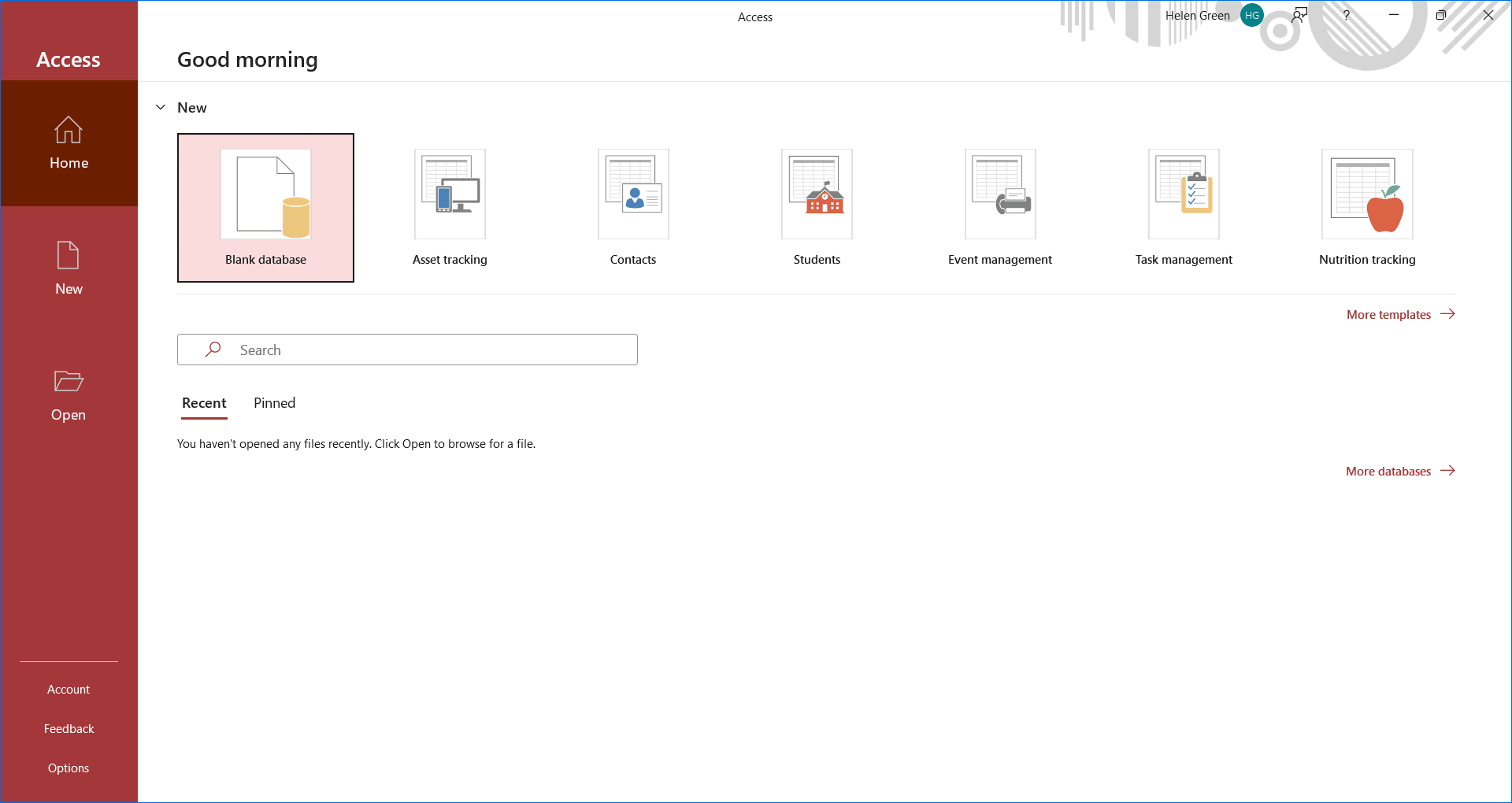Introduction
Welcome to the world of Mac! If you’re a Mac user looking to download Microsoft Office, you’re in the right place. Whether you need to create documents, spreadsheets, presentations, or simply want access to popular productivity tools like Word, Excel, and PowerPoint, Office for Mac is your ultimate solution.
Microsoft Office for Mac offers a seamless and powerful suite of applications tailored specifically for the macOS environment. With its user-friendly interface and feature-rich functionalities, Office for Mac allows you to get work done efficiently and effectively.
In this guide, we will walk you through the step-by-step process of downloading and installing Office for Mac. We will also provide you with essential tips to ensure a smooth installation and activation. So, let’s dive in!
Before we get started, it’s important to note that Office for Mac is a subscription-based service and requires a valid Microsoft account. If you haven’t already, make sure you have a Microsoft account or create one for free on the official Microsoft website.
Now that you’re ready, let’s explore the system requirements and get you started on your journey to download Office for Mac.
System Requirements
Before downloading and installing Office for Mac, it’s essential to ensure that your system meets the necessary requirements. This will ensure a smooth installation process and optimal performance of Office applications.
Here are the minimum system requirements for Office for Mac:
- Mac computer with an Intel processor: Office for Mac is compatible with Intel-based Macs. Make sure your Mac meets this criterion to proceed with the installation.
- Minimum macOS version: Office for Mac requires macOS 10.13 or later. Ensure that your Mac is running on a compatible version of macOS before proceeding.
- Minimum RAM requirement: Your Mac should have at least 4 GB of RAM to run Office for Mac smoothly. If your system has less than 4 GB of RAM, consider upgrading it before installing Office.
- Available storage space: Office for Mac requires a considerable amount of disk space for installation. Make sure you have at least 10 GB of free space available on your Mac’s hard drive.
- Internet connection: A stable and fast internet connection is necessary for downloading and activating Office for Mac. Ensure that you have a reliable internet connection before starting the installation process.
It’s important to remember that these are the minimum system requirements for Office for Mac. However, for optimal performance and to make the most out of the features Office offers, it is recommended to have a more powerful system with higher specifications.
Now that you’re aware of the system requirements, let’s move on to the step-by-step process of downloading Office for Mac.
Step 1: Sign in to your Microsoft Account
The first step in downloading Office for Mac is to sign in to your Microsoft account. This account will be used to manage your subscription and access your Office applications.
If you already have a Microsoft account, go to the official Microsoft website and click on the Sign In button located at the top right corner of the page. Enter your email address and password associated with your Microsoft account, and click Sign In.
If you don’t have a Microsoft account yet, click on the Sign In button and then select the option to create a new account. Follow the prompts to set up a new account by providing your email address, creating a password, and providing any additional information required. Once you’ve created your account, proceed to sign in with your new credentials.
After signing in, you may be required to verify your account through a verification code sent to your email or phone number. Follow the instructions provided to complete the verification process.
Once you’ve successfully signed in to your Microsoft account, you’re ready to move on to the next step and choose the Office suite you want to download.
Step 2: Choose the Office Suite
After signing in to your Microsoft account, the next step is to choose the Office suite that best fits your needs. Microsoft offers different Office suites with varying features and applications.
To choose the Office suite for Mac, navigate to the Office product page on the Microsoft website. Here, you will find different subscription options such as Office 365 or Microsoft 365 Personal, Home, or Family.
Take some time to review the features, pricing, and available applications for each Office suite to determine which one suits your requirements. Consider factors such as the number of devices you need to install Office on, the number of users, and any additional services or benefits offered.
Once you’ve decided on the Office suite you want to install, click on the corresponding “Buy” or “Subscribe” button. This will take you to the checkout page where you can review your purchase and select any additional options, such as monthly or annual billing.
Proceed with the payment process by entering your billing information and completing the transaction. Once the payment is successfully processed, you will have access to the Office suite.
It’s worth noting that Microsoft periodically updates their Office suites, adding new features and improvements. As a subscriber, you will have access to these updates as long as your subscription is active.
Now that you’ve chosen the Office suite, let’s move on to the next step and start the download process.
Step 3: Start the Download
With your chosen Office suite selected and purchased, it’s time to begin the download process. Follow the steps below to initiate the download of Office for Mac:
- On the Microsoft website, look for the “Install Office” or “Download” button. Click on it to start the download process.
- A file named “Microsoft Office Installer.pkg” or a similar name will begin downloading onto your Mac.
- Once the download is complete, open the installer package by double-clicking on it. This will launch the Office installation process.
- Follow the on-screen instructions to proceed with the installation. You may be asked to enter your Mac’s administrator password to authorize the installation.
- Choose the installation location for Office on your Mac. By default, it will install in the “Applications” folder. If you wish to optimize storage or customize the installation, you can select a different location.
- Click “Install” to begin the installation process. The progress bar will indicate the status of the installation, and it may take a few minutes to complete.
- Once the installation is finished, you will see a confirmation message. Click “Close” or “Done” to exit the installer.
Congratulations! You have successfully downloaded and installed Office for Mac. Now it’s time to activate your Office suite to start using the applications.
It’s important to note that the installation process may vary slightly depending on the version of Office and macOS you are using. However, the overall steps outlined above should guide you through the process smoothly.
Now let’s move on to the next step and activate Office for Mac.
Step 4: Install Office for Mac
Now that you’ve downloaded the Office installer, it’s time to install the Office applications on your Mac. Follow the steps below to complete the installation process:
- Locate the downloaded installer file on your Mac. It is typically saved in the “Downloads” folder or the location you specified during the download process.
- Double-click on the installer file to launch the installation wizard. A window will appear, guiding you through the installation process.
- Read the License Agreement carefully, and if you agree with the terms, click “Continue” or “Agree” to proceed.
- Next, you will be prompted to select the installation type. The default option is usually “Install,” which installs all the Office applications. If you prefer, you can customize the installation and choose specific applications to install.
- Choose the installation location for Office on your Mac. By default, it will install in the “Applications” folder. If you want to change the installation location, click on the “Change Install Location” button and select a desired folder.
- Click “Install” to initiate the installation process. You may be prompted to enter your Mac’s administrator password to authorize the installation.
- Wait for the installation to complete. The progress bar will indicate the status of the installation, and it may take some time to finish.
- Once the installation is done, you will see a confirmation message. Click “Close” or “Done” to exit the installer.
Congratulations! You have successfully installed Office for Mac on your computer. Now, it’s time to activate your Office suite to start using the applications.
Please note that the installation process may slightly vary based on the Office suite version and the macOS you are using. However, these general steps should guide you through the installation smoothly.
In the next step, we will cover how to activate your Office suite for Mac.
Step 5: Activate Office for Mac
After installing Office for Mac, the final step is to activate your Office suite. Without activation, you will have limited functionality and features in the Office applications. Follow the steps below to activate Office for Mac:
- Open any Office application such as Word, Excel, or PowerPoint on your Mac.
- A prompt will appear, asking you to sign in to your Microsoft account. Enter the email address and password associated with your Microsoft account, and click “Sign In”.
- If prompted, choose your preferred sign-in method which can be either “Stay signed in” or “Sign in with a single-use code”.
- Once signed in, you may be asked to enter a product key or choose your subscription type. Follow the on-screen instructions and provide the necessary information.
- If your Office suite subscription is active and valid, the activation process will complete successfully. You will see a confirmation message indicating that Office is activated on your Mac.
- Close the application and reopen it to start using the fully activated Office suite.
It’s important to note that the activation process requires a stable internet connection to verify your subscription status. If you encounter any issues during activation, ensure that your internet connection is working properly and try again.
Once Office for Mac is activated, you will have access to all the features and functionalities provided by your chosen Office suite. You can start creating documents, spreadsheets, and presentations, and enjoy a seamless user experience on your Mac.
Congratulations! You have successfully activated Office for Mac. It’s time to explore the endless possibilities and boost your productivity with the powerful Office applications.
Now that you’ve completed the activation process, you’re all set to utilize the full capabilities of Office for Mac. Keep in mind that regular updates and new features are released by Microsoft, so ensure you stay up to date to make the most of your Office experience.
Conclusion
Congratulations on successfully downloading, installing, and activating Office for Mac! You’ve now gained access to a powerful suite of applications that will empower you to create, collaborate, and accomplish your tasks efficiently.
Throughout this guide, we’ve walked you through the step-by-step process of downloading Office for Mac. We covered essential topics such as signing in to your Microsoft account, choosing the Office suite that suits your needs, starting the download, installing Office on your Mac, and activating the suite.
Remember to always ensure that your Mac meets the necessary system requirements to ensure optimal performance of Office for Mac. Additionally, make sure to activate your Office suite to unlock its full features and functionality.
With Office for Mac, you have the power to create stunning documents, analyze complex data, deliver impactful presentations, and much more. Take advantage of the various tools and features offered by the Office suite to enhance your productivity and achieve your goals.
Keep in mind that Microsoft regularly releases updates and new features for Office for Mac, so make sure to stay updated to benefit from the latest improvements and enhancements.
We hope this guide has been helpful in assisting you with the process of downloading, installing, and activating Office for Mac. If you encounter any issues or have further questions, refer to the Microsoft support resources or reach out to their customer support for assistance.
Now it’s time to unleash your creativity and make the most of your Office for Mac experience. Happy working!

























